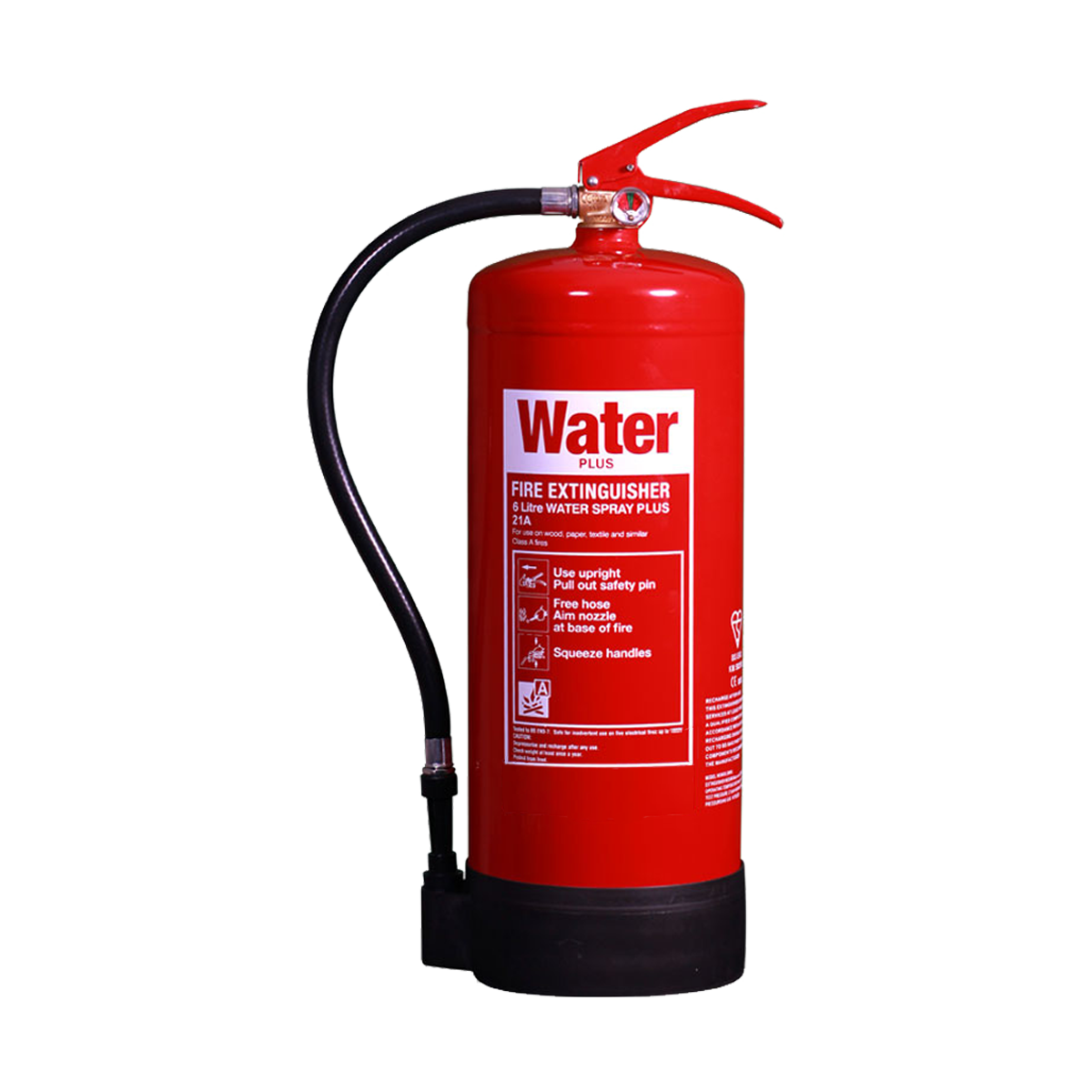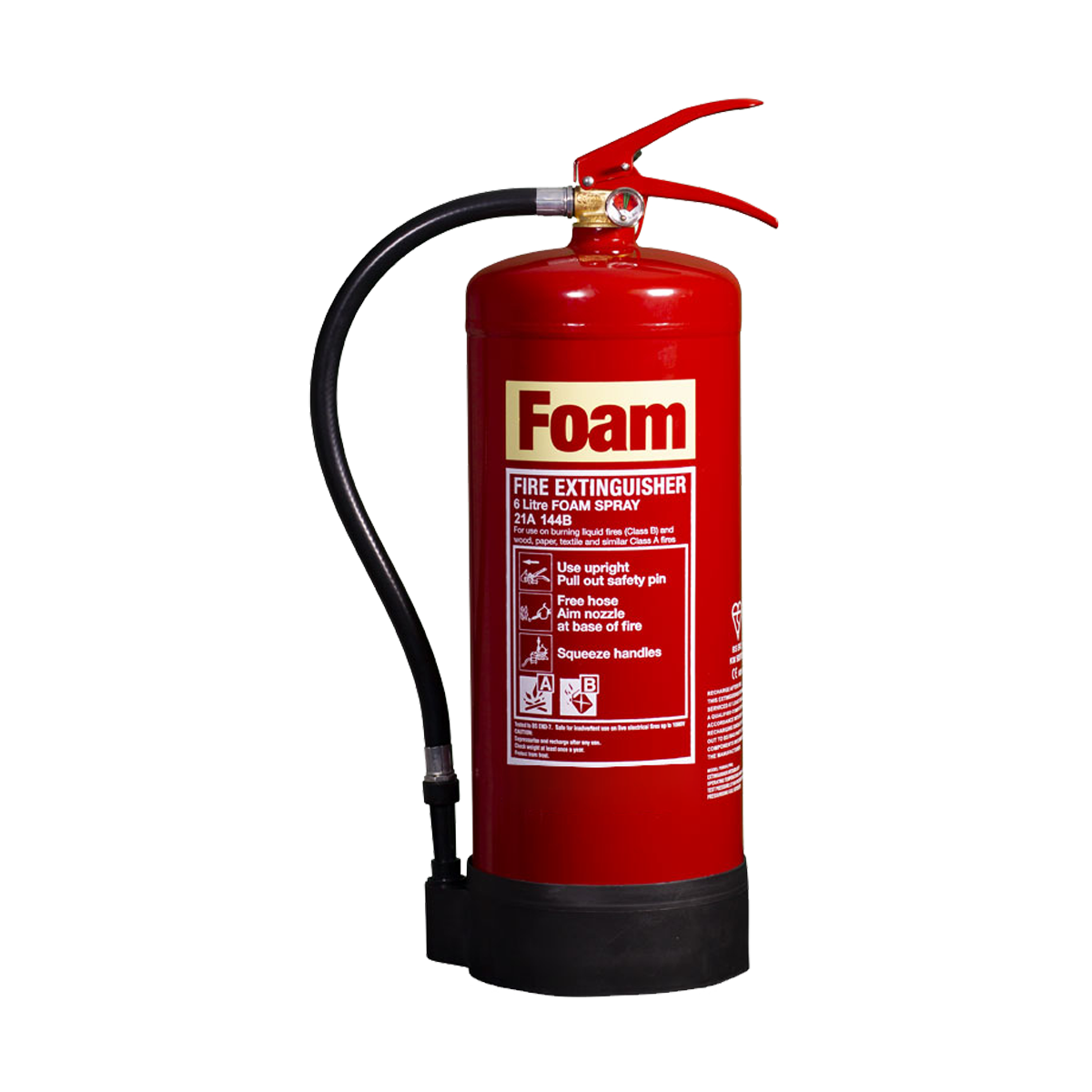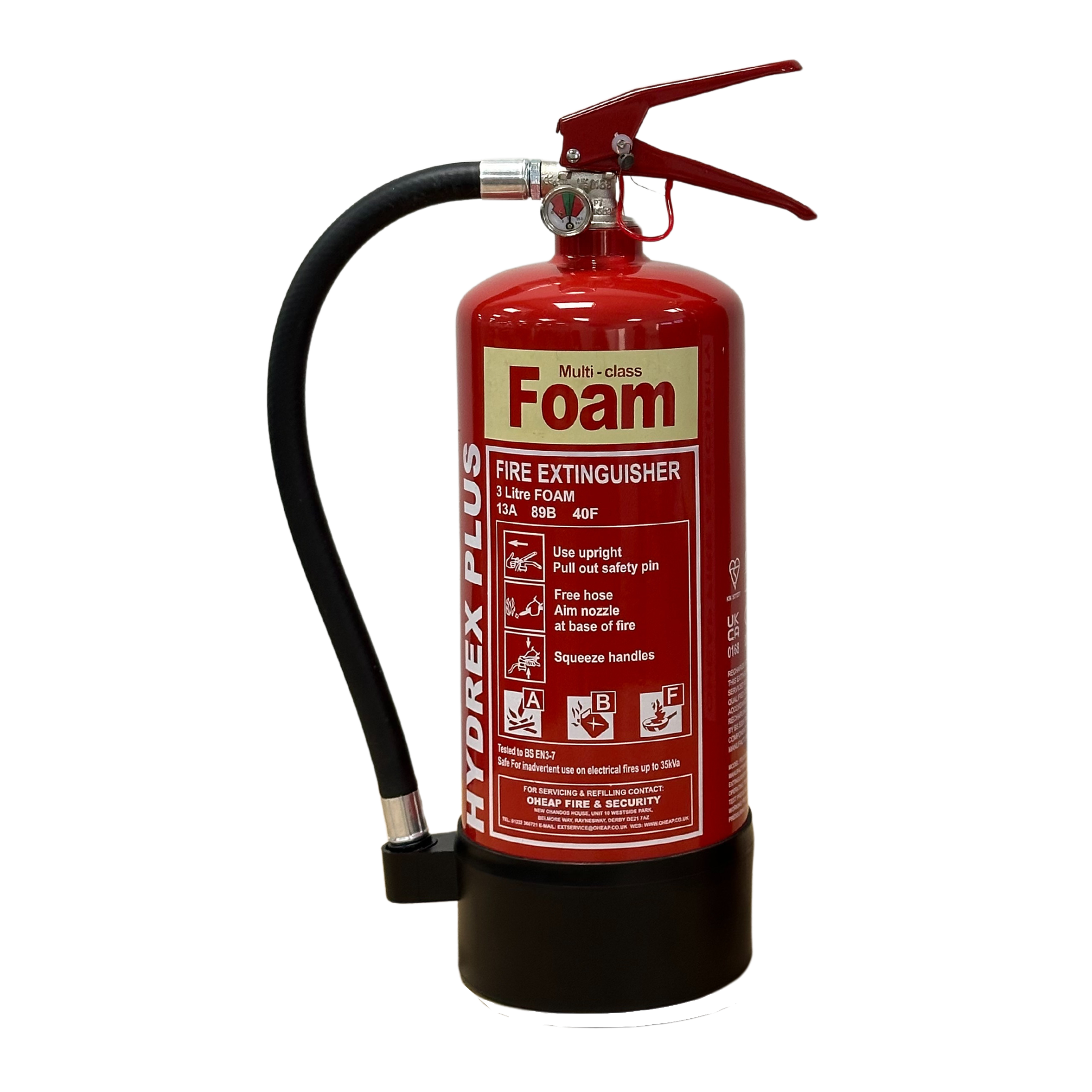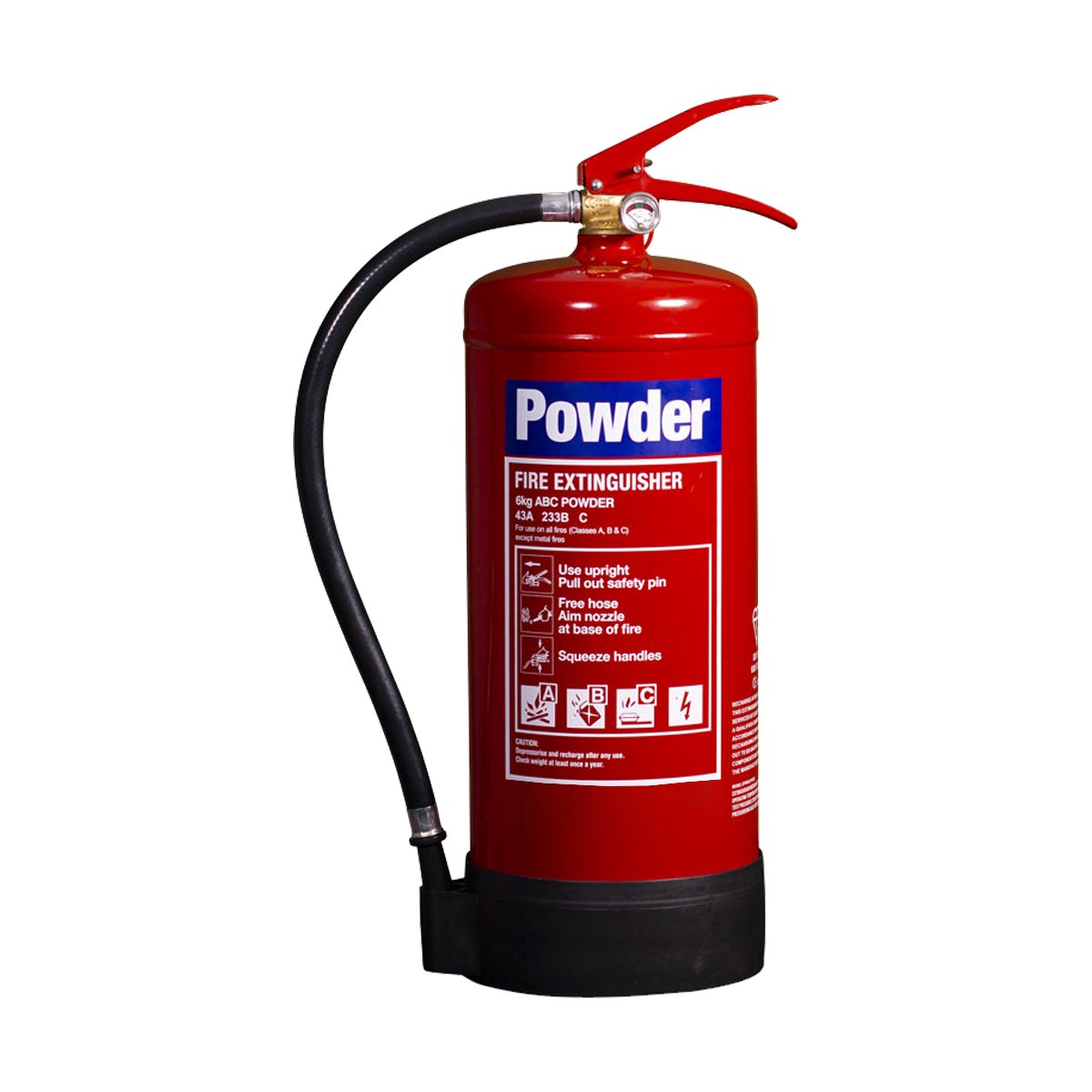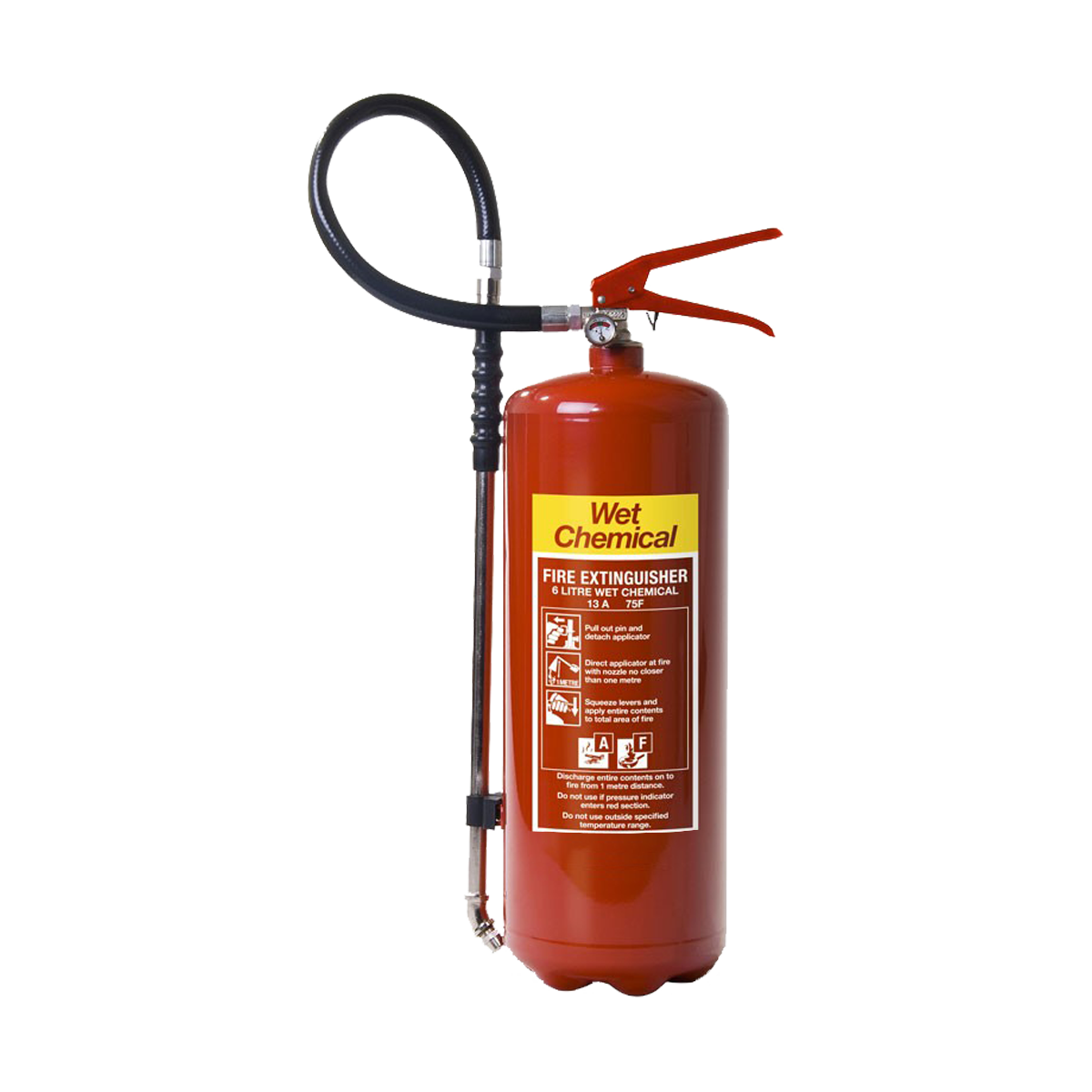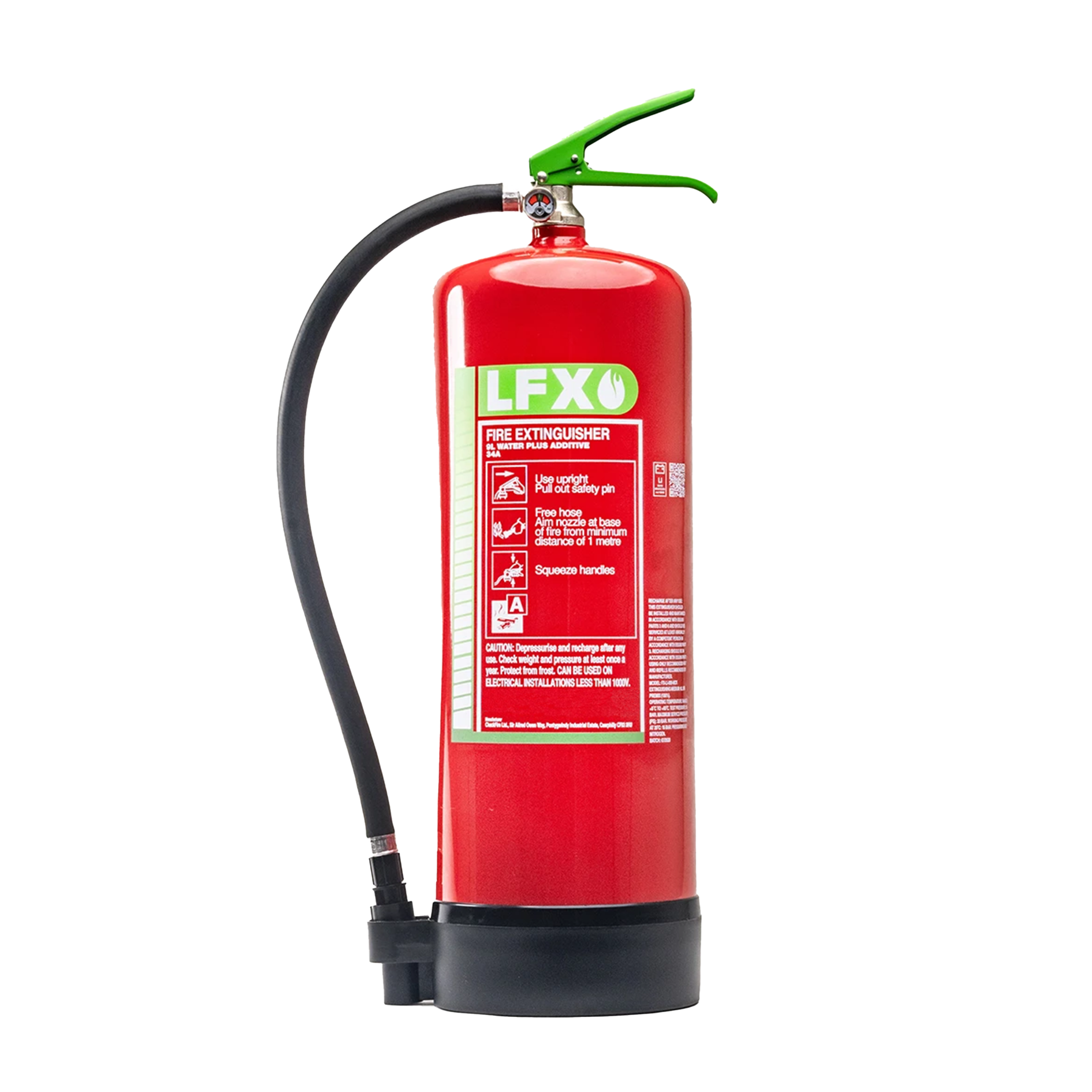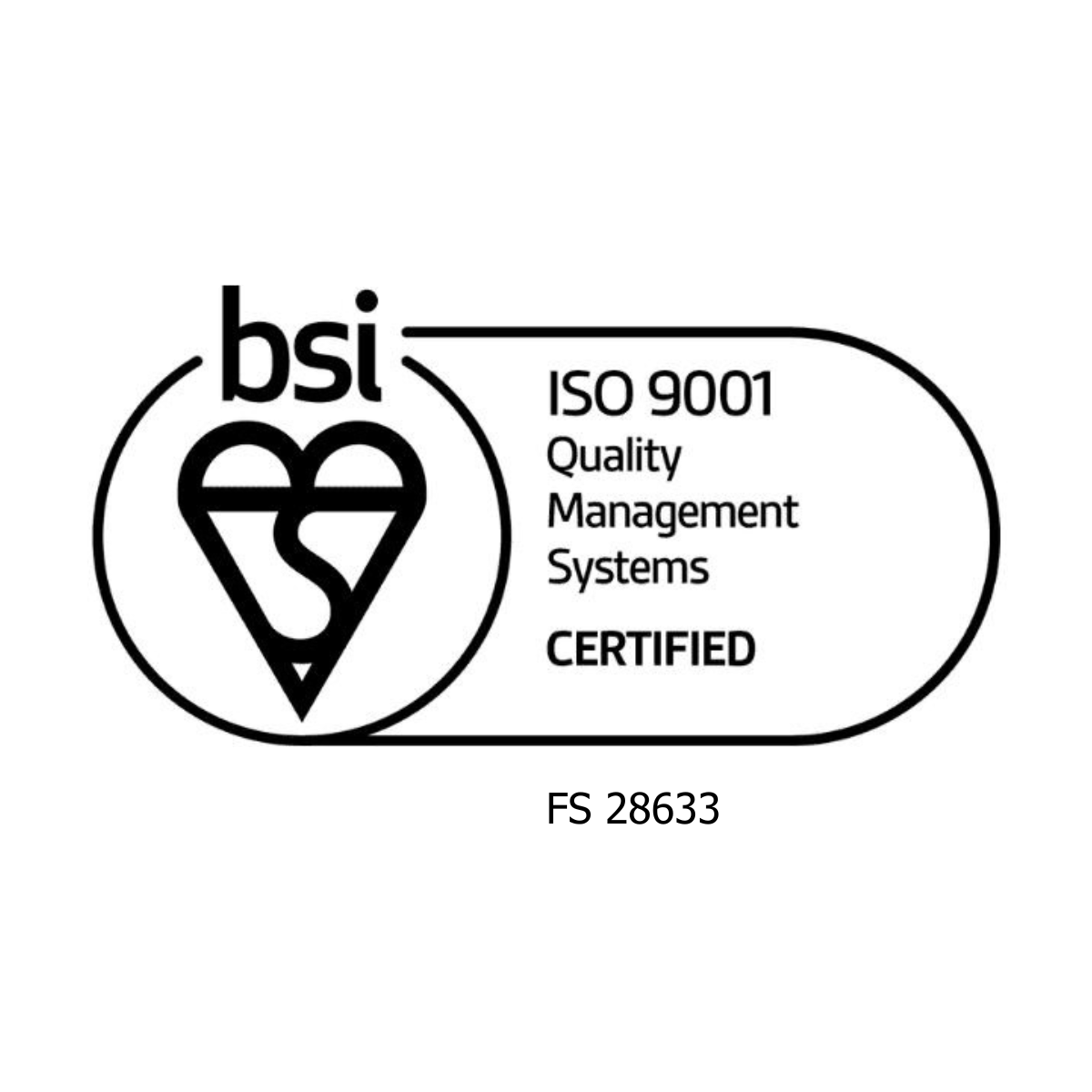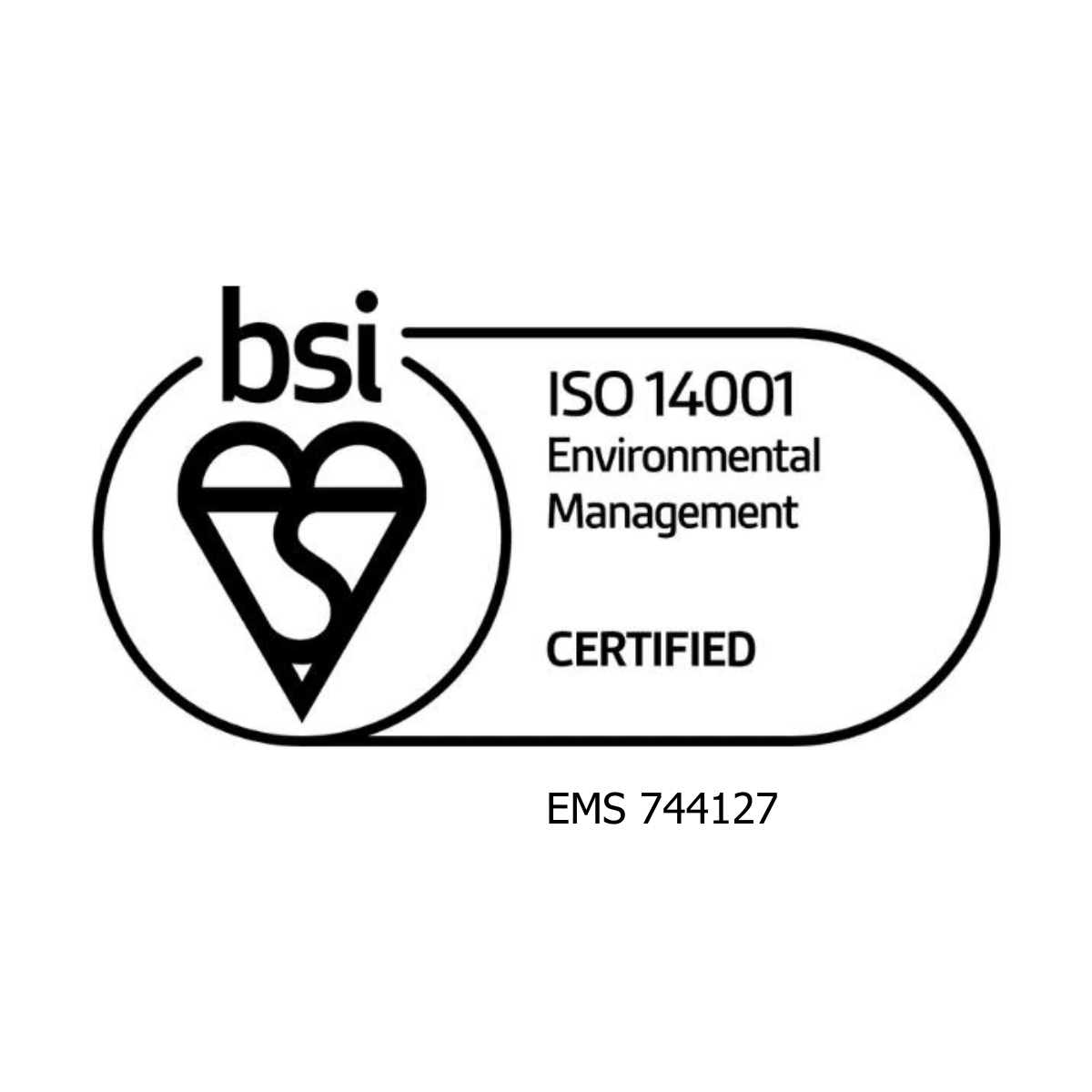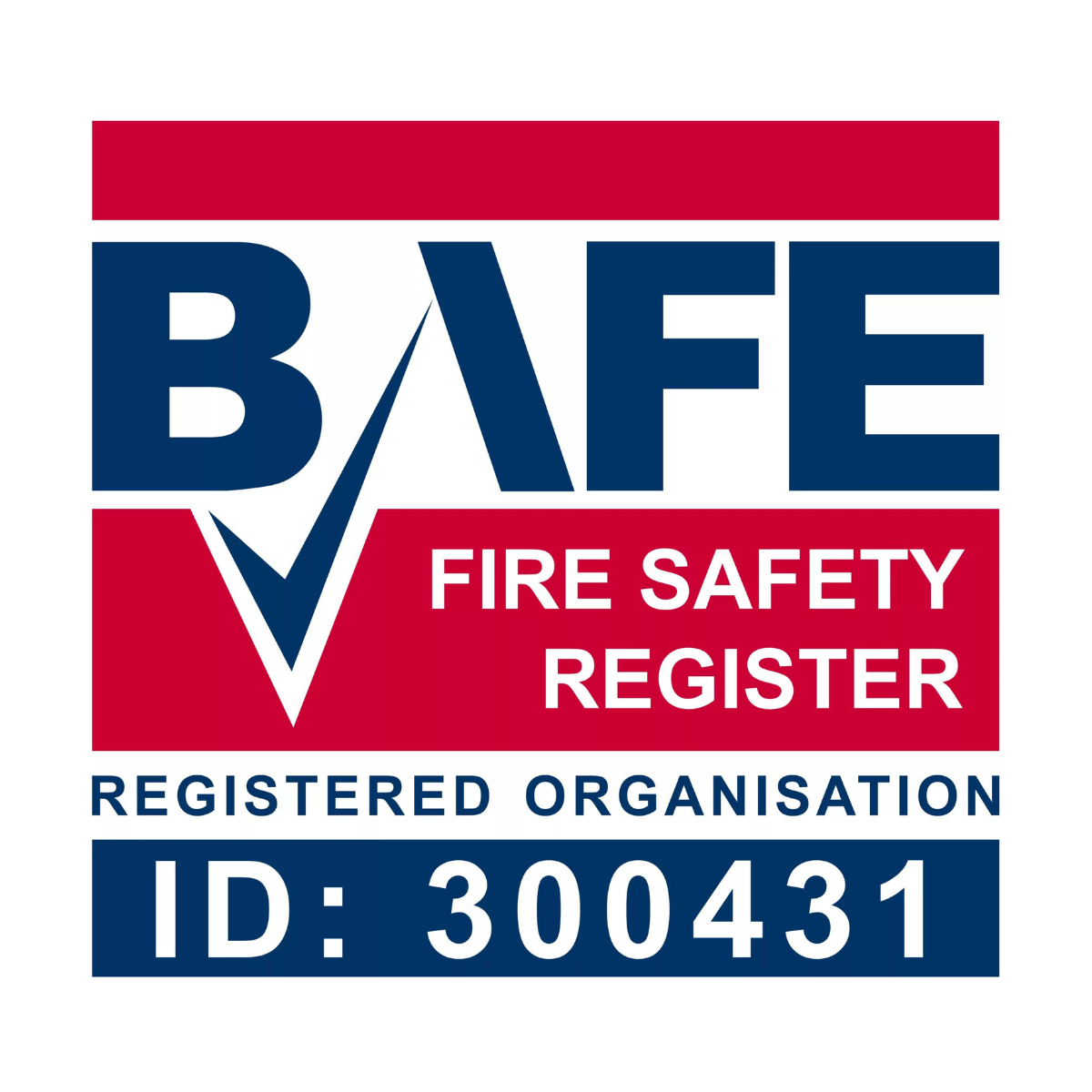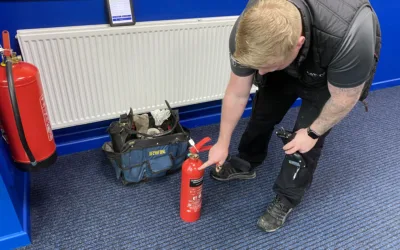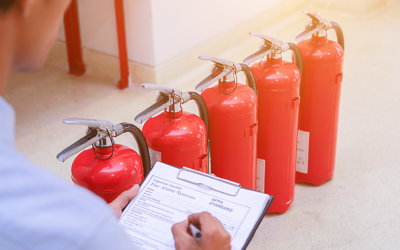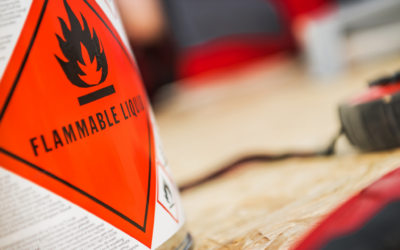Fire Protection
Dry Powder Fire Extinguishers
Request a Call Back
We’ve been supplying and servicing a dry powder fire extinguisher for over 50 years. These include ABC dry powder fire extinguishers, BC dry powder fire extinguishers and Class D powder fire extinguishers.
Factsheet
Fire Class
An ABC dry powder fire extinguisher is suitable for Class A, Class B, Class C and electrical fires. Specialist dry powders can be used on Class D fires.
Suitablity
ABC dry powders are ideal for garage forecourts, commercial boiler rooms, flammable liquid stores, workshops and vehicles. Specialist dry powders are designed for workshops and factories with flammable metals.
Servicing
Dry powder extinguishers need to be serviced annually.
Frequently Asked Questions
What Is A Dry Powder Fire Extinguisher?
A dry powder fire extinguisher is a type of fire extinguishing device that uses a dry chemical powder to suppress fire. This type of extinguisher is typically effective against Class A, B, and C fires, which are fires that involve ordinary combustibles (such as wood, paper, cloth), flammable liquids (such as petrol, oil, and grease), and electrical equipment (such as electrical panels, appliances, and wiring).
The dry powder extinguisher operates by smothering the fire, effectively cutting off the oxygen supply to the fire and interrupting the chemical reaction that sustains the fire. The powder also creates a barrier that prevents re-ignition, making it a versatile option for many different types of fires.
What Are The Types Of Dry Powder Fire Extinguisher?
ABC Dry Powder ABC Extinguishers: These are the most common type of dry powder fire extinguisher, and they are suitable for use against Class A, B, and C fires. They contain a mixture of monoammonium phosphate and ammonium sulfate, which is effective against a wide range of fires.
BC Dry Powder Extinguishers: A BC Dry Powder Fire Extinguisher is a type of multi-purpose dry powder fire extinguisher that is designed to be used on Class B and Class C fires. The “BC” designation stands for “B” – flammable liquids, gases, and greases, and “C” – electrical equipment.
Class D Dry Powder Extinguishers: These dry powder extinguishers contain specially designed chemicals for use on metal fires, such as sodium chloride or potassium chloride. They are used on fires that involve burning metals, such as magnesium, aluminum, and titanium.
What Colour Is A Dry Powder Fire Extinguisher?
Dry Powder fire extinguishers are red in line with the EN3 manufacturing protocol with 5% being coloured in Blue.
How Does A Dry Powder Fire Extinguisher Work?
A dry powder fire extinguisher works by smothering the fire and cutting off the supply of oxygen that sustains it. The powder contains a mixture of dry chemicals that are designed to interrupt the chemical reaction that causes the fire. The powder also creates a barrier that prevents re-ignition and helps to cool the fire.
When a dry powder fire extinguisher is used, the powder is expelled from the nozzle and dispersed into the area where the fire is located. The powder quickly covers the fire, smothering the flames and cutting off the supply of oxygen. This causes the fire to go out and prevents it from re-igniting.
How Do You Use A Dry Powder Fire Extinguisher?
To use a dry powder fire extinguisher, you should follow these steps:
- Call the fire brigade: Before using any fire extinguisher, it’s important to call the fire brigade to report the fire and ensure that you have the necessary assistance.
- Pull the pin: Most dry powder fire extinguishers have a safety pin that prevents accidental discharge. To use the extinguisher, you’ll need to pull the pin at the top of the cylinder to release the pressure.
- Aim low: Stand approximately six feet away from the fire and aim the nozzle of the extinguisher at the base of the fire, not the flames.
- Squeeze the handle: Firmly squeeze the handle of the extinguisher to release the powder. Make sure to use a sweeping motion to cover the entire base of the fire.
- Sweep back and forth: Continue to sweep the nozzle back and forth to cover the entire area of the fire with powder. Make sure to keep the nozzle aimed at the base of the fire, not the flames.
- Evacuate: If the fire does not go out within a few seconds, evacuate the area and wait for the fire department to arrive.
It’s important to note that fire extinguishers can be heavy and may require two people to use effectively. Additionally, using a fire extinguisher can be dangerous and should only be attempted by someone who has been trained in its use. If you are unsure of your ability to use a fire extinguisher safely, it’s best to evacuate the area and wait for the fire brigade to arrive.
Types of Extinguisher
Each Fire Extinguisher type has a unique agent inside which is specifically designed to combat a different type of fire risk. Click on each extinguihser image below and discover how each tyope should be used.
Accreditations
We work with several third-party bodies to ensure we work to the highest industry standards.
Get A Quote
Fire Extinguisher Enquiry Form
Fire Extinguisher Insights
Fire Extinguisher Servicing: Everything You Need To Know
In the world of fire safety, fire extinguishers are a key component. We must include them in our fire protection strategies. These pieces of kit are often the first line of defence in the event of a fire. Their portability, mixed with swift deployment can save the...
What are PFAS? The Ultimate Guide to PFAS Chemicals
PFAS are a range of man-made chemicals that have been used since the 1940s in a wide range of both industry and consumer products. They have been frequently used due to their resistance to heat, water, and oil. In recent years, PFAS have been found to have harmful...
Flammable Liquid Fire Extinguisher: A Vital Tool for Liquid Fires
In the realm of fire safety, one tool stands out as a crucial asset for effectively managing liquid fires, the flammable liquid fire extinguisher. Industrial processes and technological advancements are continuing to evolve. But the risk of flammable liquid fires...
